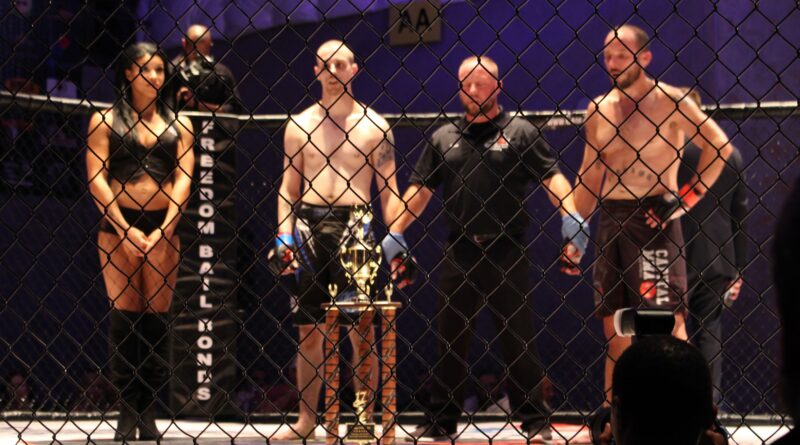How MMA fighters can cut weight safely
We’ve all seen the horrific headlines that can happen when weight-cutting goes wrong. British flyweight Jake Hadley recently revealed he got himself into big trouble before his Nashville bout with Cody Durden, saying, “I almost died during the weight cut… I actually saw God for a second, couldn’t rehydrate like normal”. Unsurprisingly he wasn’t at peak performance for the bout and lost by unanimous decision. Back in 2015, Chinese fighter Yang Jian Bing wasn’t as fortunate, losing his life as the result of a cut gone bad. Ronda Rousey has been candid over the rigors of boiling down to 135lbs from a normal walk-around weight of 150-155, leading to her developing an eating disorder.
When pro fighters can cut weight under the supervision of doctors and nutritionists, and there are still instances where things go badly south, how does the amateur have any chance? When one has a day job, as well as a ring career, perhaps the answer lies in controlling weight day to day.
Starting out
If you’re looking at fighting as a means of finding fitness, it can be tempting to throw yourself in while carrying more timber than your optimal weight. The heavyweight division is pretty flexible, and pounds make power, right?
It’s not the best idea. Quinton ‘Rampage’ Jackson gave a perfect demo when he came in at 265lbs – MMA’s highest permitted for heavyweights, and 60lbs higher than his prime. He proceeded to get his clock cleaned by a near-retirement Fedor Emelianenko and surmised afterwards, “I got to get my damn weight down. I felt like a hippopotamus out there.”
Medical weight loss can be an option for those who need to bring weight down to get into a ring before they start thinking about weight classes. If you’re obese, it’s unlikely you’re in any condition to fight, but there is help available to get you started. GLP-1 drugs, such as semaglutide (Wegovy), target the areas of the brain that control appetite, helping the user regulate their eating more easily. They generally come as a once-weekly injection. If a daily pill seems easier to swallow, many people opt for Metformin for weight loss. It’s the third most prescribed drug in America, with some 92 million users, so it can often be easier to get than alternatives. Metformin also controls cravings and is particularly useful for weight maintenance in case patients are insulin-resistant. If you’re coming from a starting BMI that’s classed as obese, it’s worth consulting a medic to discuss your options.
Maintaining gains
The amateur fighter unfortunately doesn’t have the time to go into training camp weeks before the event. Therefore it’s a reasonable idea to keep one’s walking about weight reasonable. While Daniel Cormier was happy to send himself up singing ‘All About That Cake,’ we need only look to boxing and Ricky Hatton to see the effect ballooning between bouts has on a career. Think about your style and adjust your training plans to suit. Too much muscle will make making weight more difficult. Work on technique as much as strength. It’s not always about size, as 275lb Dan Manasoiu will attest after being submitted by 165lb Andrew Tackett. While it’s sometimes difficult to balance an eating plan around a busy lifestyle, there’s no point in blowing a training session by eating a pint of ice cream when back home. Remember, discipline starts outside the ring.
Fight night
Ideally, an amateur shouldn’t have to cut much weight to make a fight. Sometimes, when the association has same-day weigh-ins, it’s impossible without being dangerous. In the short term, the ‘easiest’ way to do it would be by dehydration via sauna or scalding bath. However, as well as degrading performance, that can also put a fighter at more risk – a 3kg loss in sweat has been associated with a reduction of 30% of the liquid around the brain. The
implications of taking a big shot to the head without that fluid to protect the brain could be unpleasant. What gets called ‘flushing mode’ in some MMA circles is called hyponatremia by medics – occurring when sodium in the body is unnaturally low – and can cause muscle weakness, nausea, and vomiting. Make sure you replenish electrolytes post-weigh-in. Former Welterweight champion Georges Saint-Pierre aimed to be always within 5% of his fighting weight. Then, a few little adjustments over his training camp can be made safely, sticking to the principles of losing 0.7% of body weight per week.
Weight is one of the most important facets of any fight. Just as you’d study an opponent, study your own physique and how to get the best out of it.

